Think of ceramic. You probably picture elegant dishware, a beautiful vase, or perhaps even the tiles on your floor. But there's a different kind of ceramic—one that's silently revolutionizing human health. This is medical grade ceramic, a superhero material engineered not for aesthetics, but for saving lives and restoring function.
What Exactly is Medical Grade Ceramic? The Science Behind the Bioceramics
Let's be clear: medical grade ceramic is not the same as everyday pottery. Also known as bioceramics, these are advanced, high-performance materials specifically designed for use within the human body.
The key distinction lies in their properties. While traditional ceramics are prized for beauty, medical ceramics are engineered for:

-
Exceptional Biocompatibility: The human body doesn't reject them. This is the #1 rule for any implantable medical device.
-
High Strength and Durability: They are incredibly tough and wear-resistant, crucial for load-bearing applications like joints.
-
Chemical Inertness: They don't corrode or degrade inside the body, ensuring long-term stability and safety.
-
Low Friction: They provide smooth articulation in joint replacements.
Common types of medical ceramic materials include Zirconia (Zirconium Oxide) and Alumina (Aluminum Oxide), often praised for their remarkable mechanical properties.
Where Will You Find Medical Ceramics? Real-World Applications
The use of ceramic in medical applications is vast and growing. You might be surprised where it appears.
1. Dentistry: The Aesthetic Powerhouse
This is where most people encounter medical grade zirconia. It’s the gold standard for:
-
Dental implants and abutments
-
Crowns and bridges
-
Why? Its superior strength rivals metal, while its tooth-like color and translucency offer unmatched aesthetics. Zirconia-based ceramic restorations are both beautiful and incredibly durable.

2. Orthopedics: The Joint Champion
For patients with worn-out hips or knees, medical ceramics are a game-changer.
-
Hip Replacement: Ceramic femoral heads articulating against cross-linked polyethylene or ceramic acetabular liners are common. This ceramic bearing surface is prized for its extreme wear resistance, significantly reducing wear particles that can cause inflammation and implant loosening.
-
Knee Replacement: While less common than in hips, ceramic components are used in knee systems for the same benefits of longevity and biocompatibility.
3. Surgical Instruments: The Sharpest Tools
The incredible hardness of medical grade ceramic makes it perfect for certain surgical tools. Scalpel blades, drill bits, and blades for orthopedic surgery can feature ceramic coatings or be made entirely from ceramic, offering unparalleled sharpness and corrosion resistance.

4. Beyond Bones and Teeth: Other Medical Devices
The utility of bioceramics extends to:
-
Bone graft substitutes and scaffolds that encourage bone growth.
-
Coatings on metallic implants to improve their integration with bone.
-
Components in pacemakers and other implantable electronic devices for electrical insulation.
Why Choose a Ceramic Medical Implant? The Patient Benefits
If your surgeon recommends a device made from medical grade ceramic, here’s why it’s a fantastic option:
-
Longevity: The outstanding wear resistance of ceramics means your implant could last significantly longer, especially important for younger, active patients.
-
Safety and Biocompatibility: The bioinert nature of these materials drastically reduces the risk of allergic reactions or biological rejection.
-
Performance: The low friction coefficient ensures smooth, natural movement in joint replacements.
-
Aesthetics (in Dentistry): Zirconia ceramics provide the most natural-looking dental restorations available.
The Future is Ceramic: Innovation in Medical Ceramics
Research doesn't stop. The next generation of medical ceramic materials includes:
-
Bioactive Ceramics: Designed to bond directly with bone and actively stimulate healing.
-
Ceramic-Polymer Composites: Combining the best properties of both materials for specific applications.
-
Nano-Ceramics: Engineering at a microscopic level to further enhance strength and biological interaction.
Conclusion: The Invisible Guardian
From the smile on your face to the spring in your step, medical grade ceramic is often the invisible guardian making it possible. This advanced biomaterial represents a perfect fusion of material science and medical innovation, offering solutions that are safer, longer-lasting, and more effective. It’s not just a ceramic; it’s a testament to how modern engineering is building a healthier future, one implant at a time.
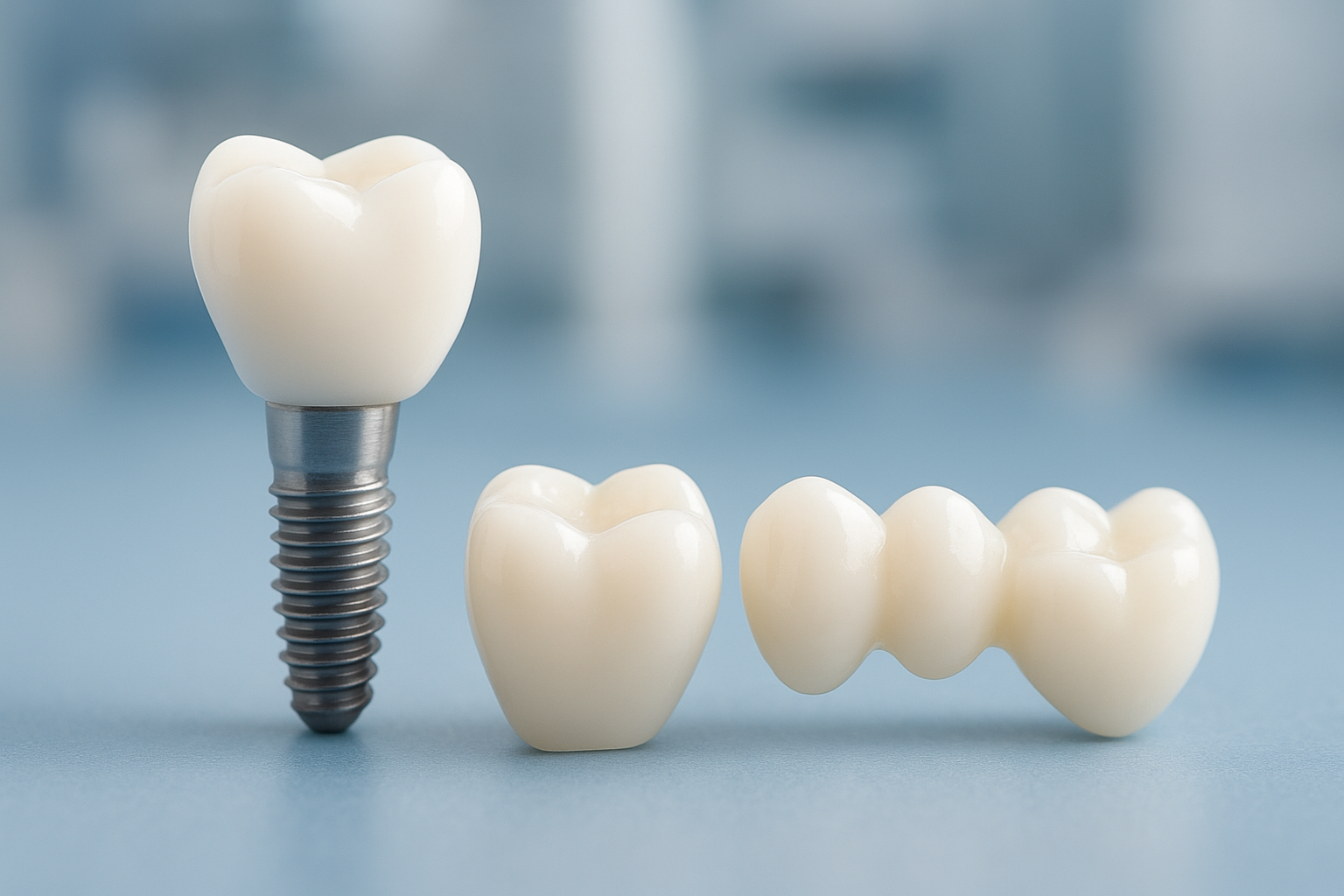

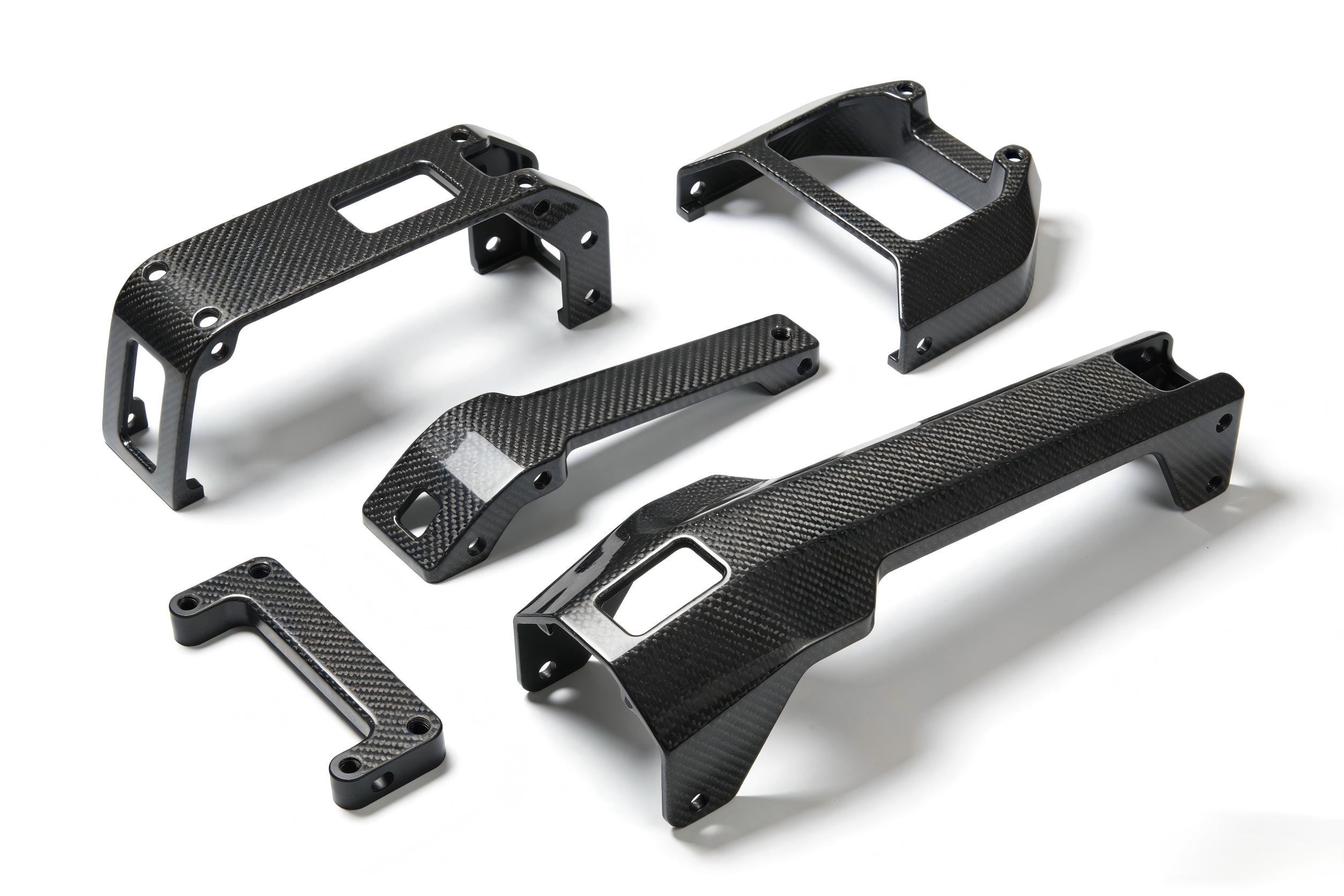
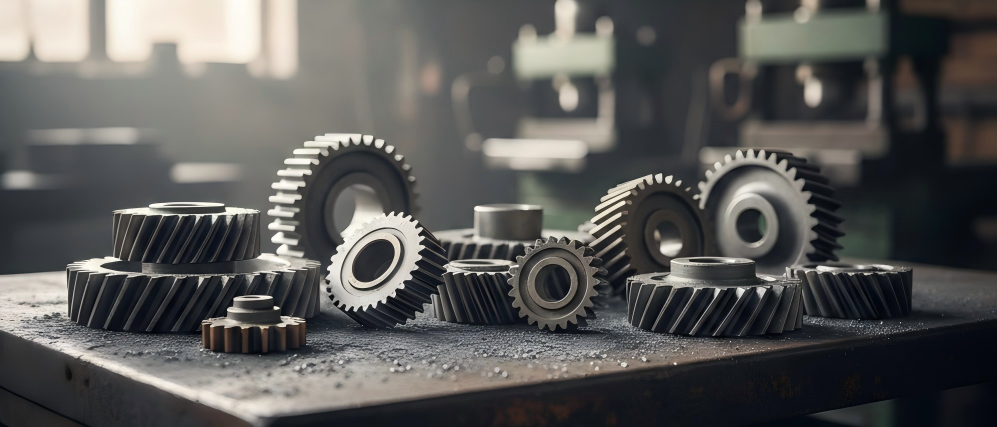


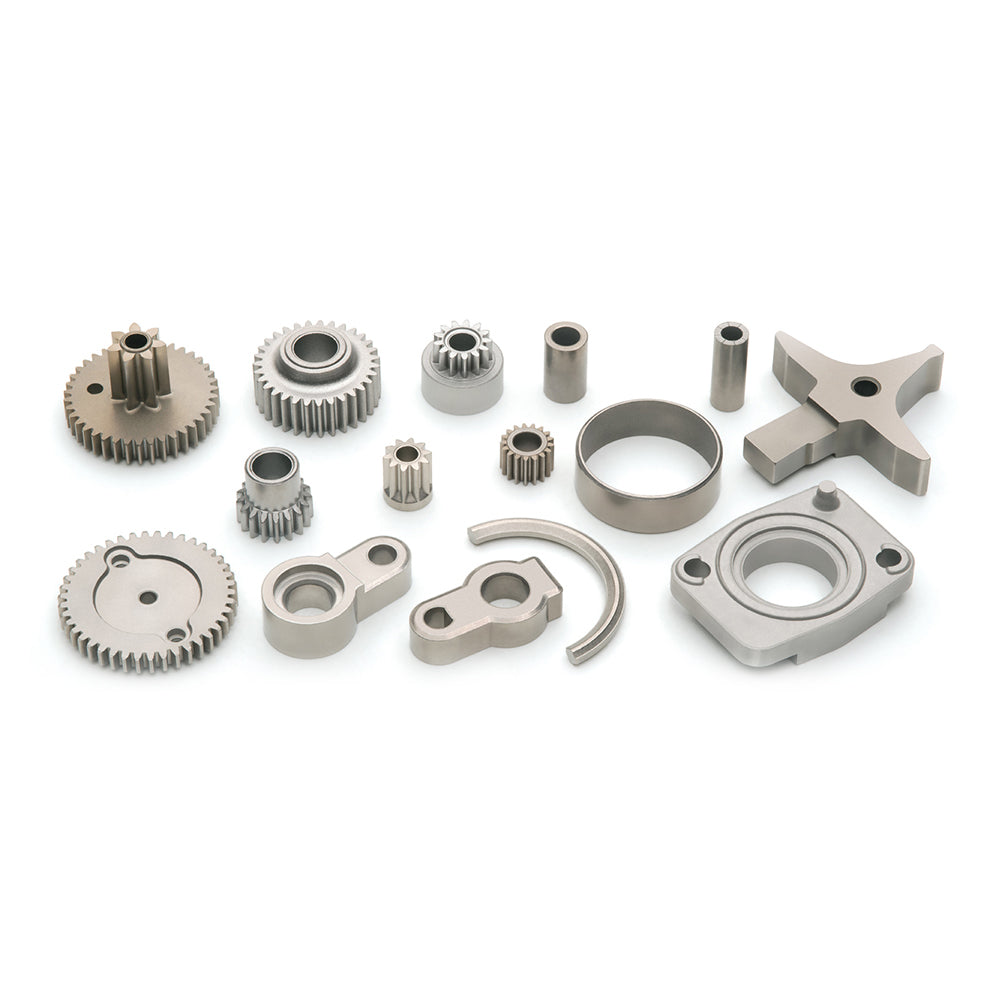
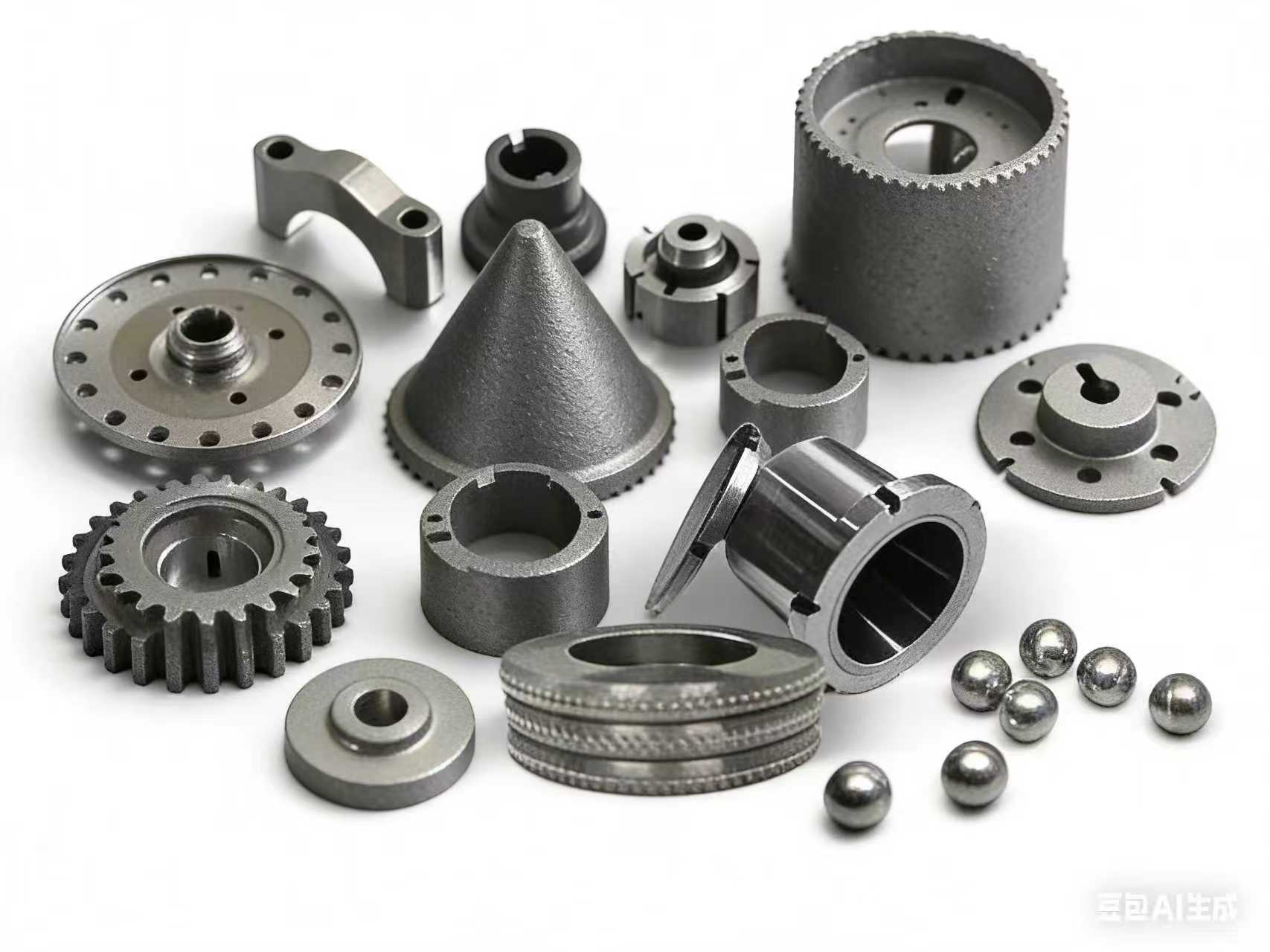
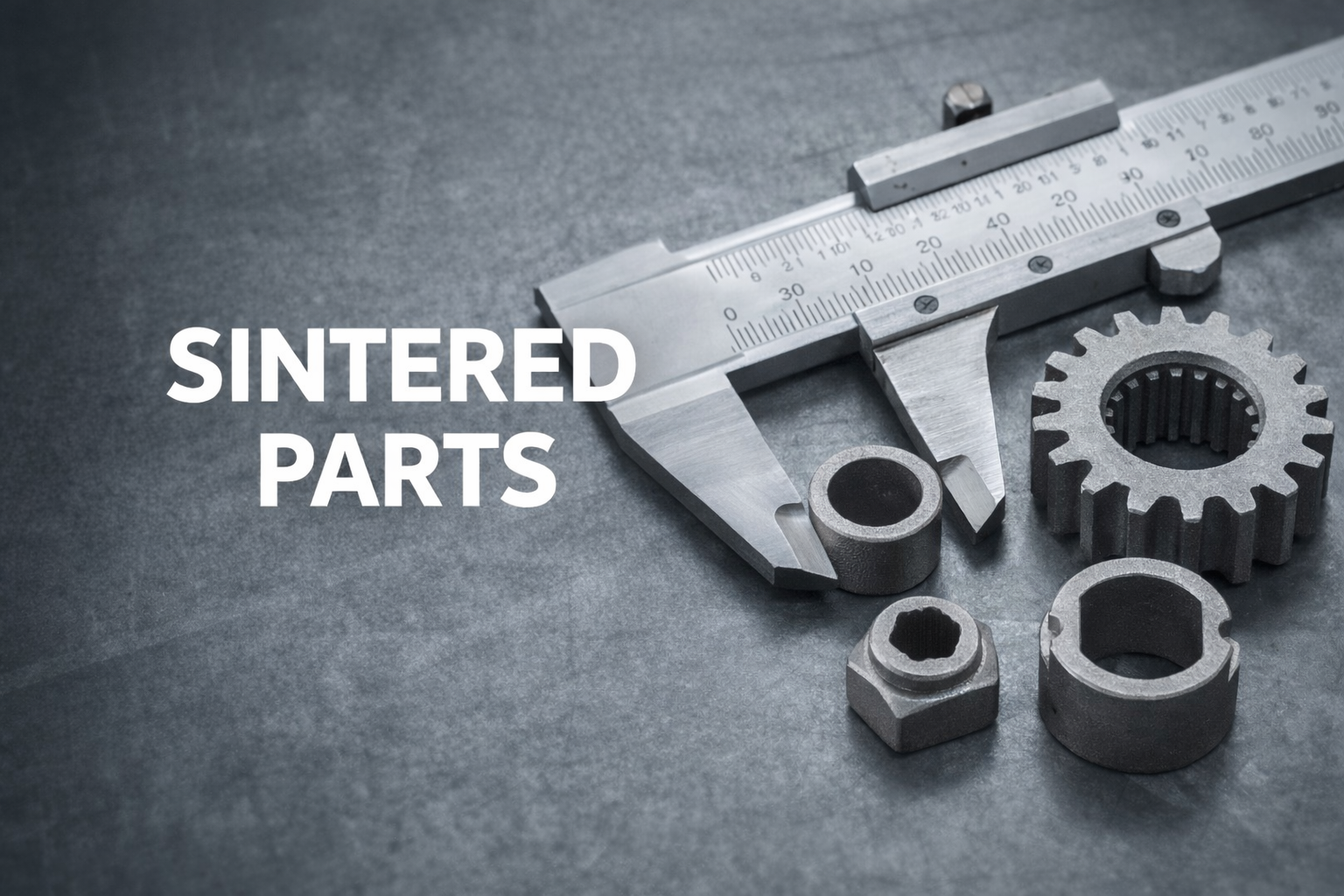
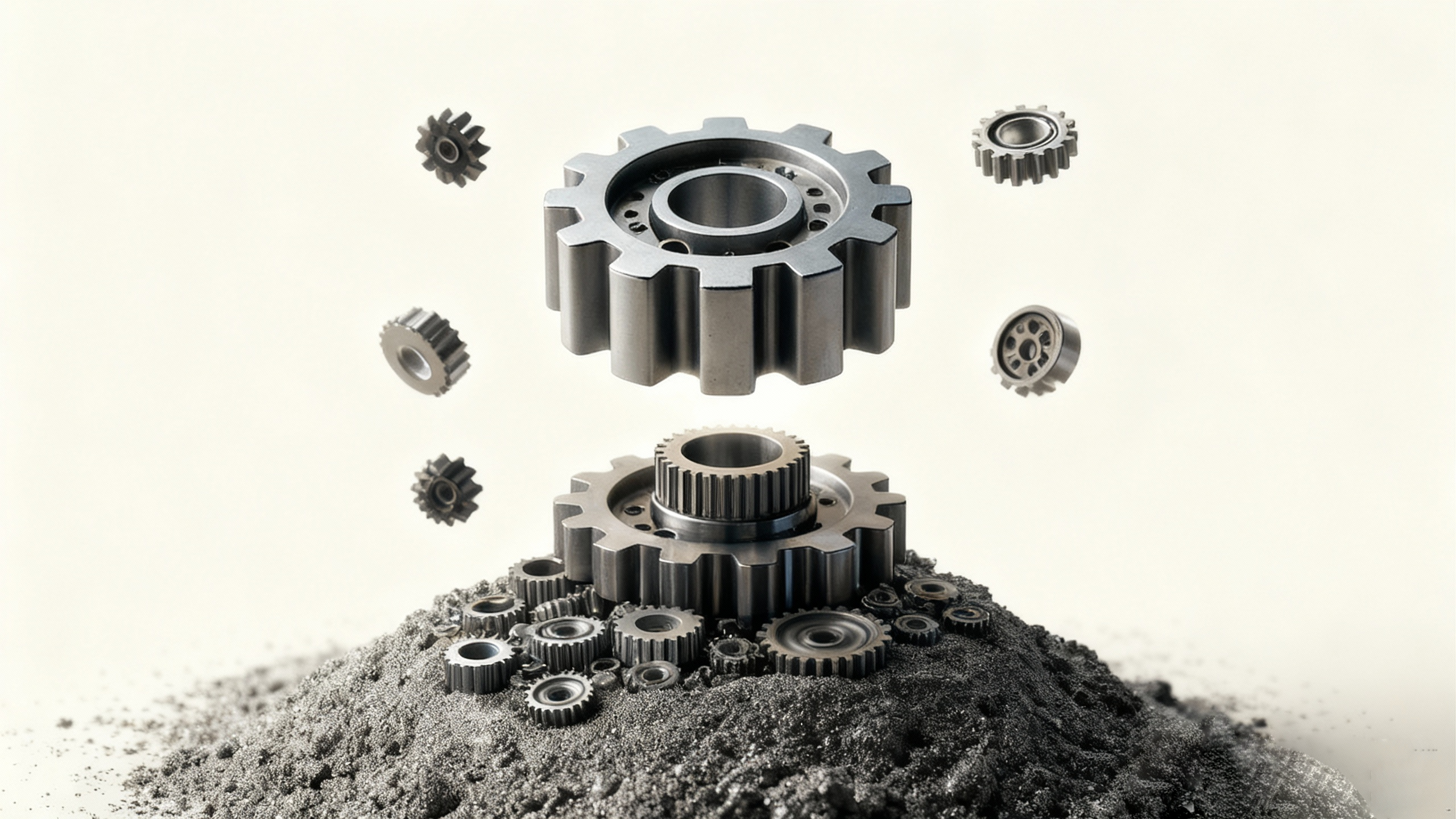
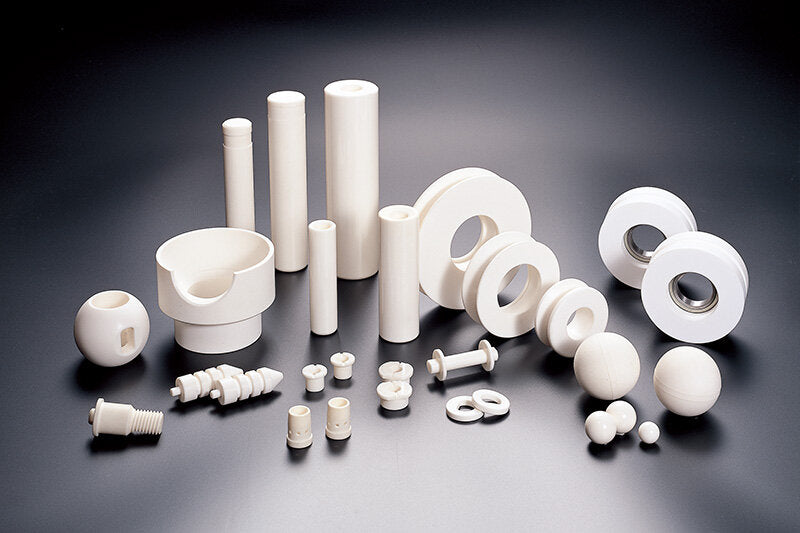
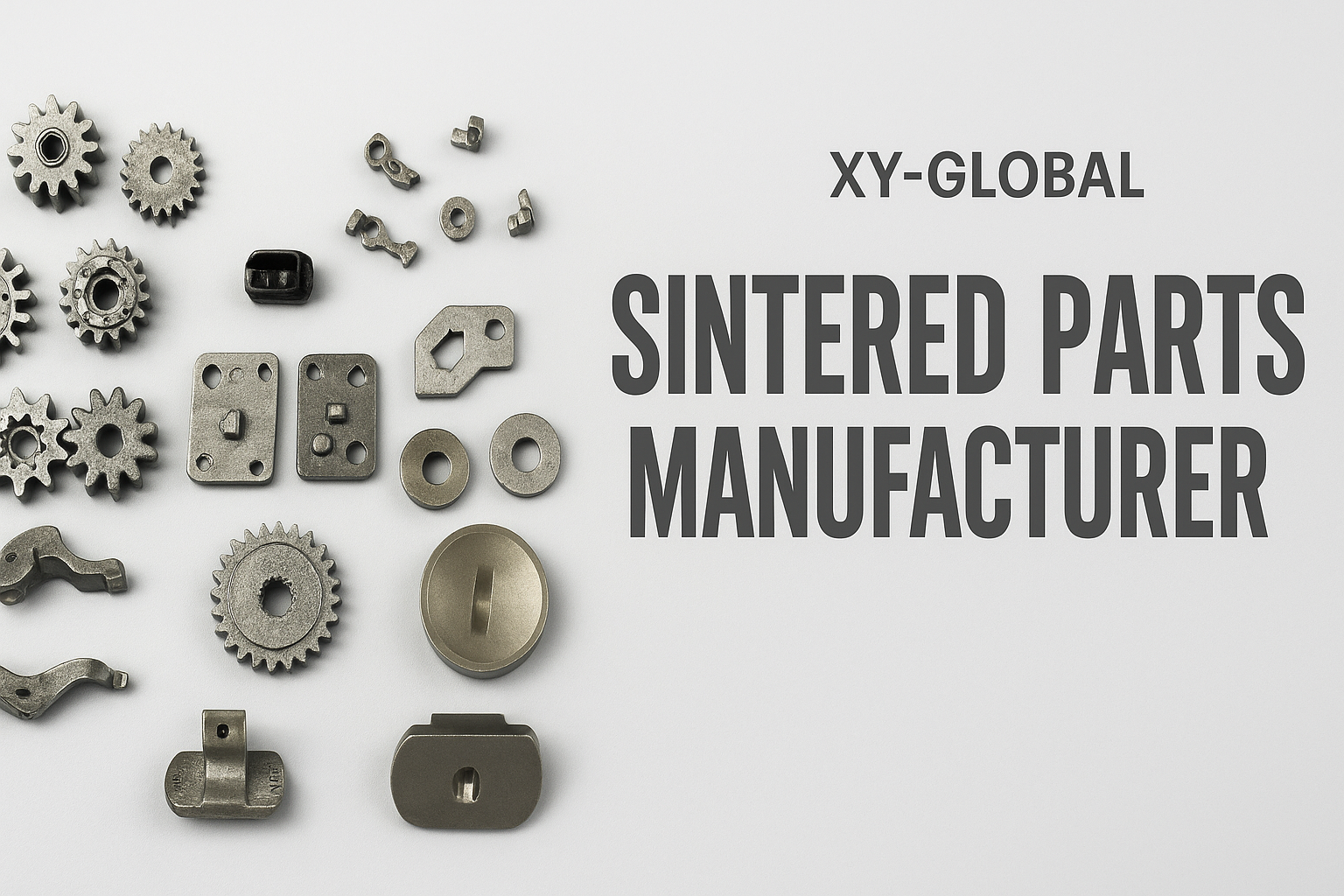

Share:
Choosing the Right Ceramic Bearing Manufacturers: What You Need to Know
How to Choose a Technical Ceramics Manufacturer: 5 Key Factors for Engineering Success